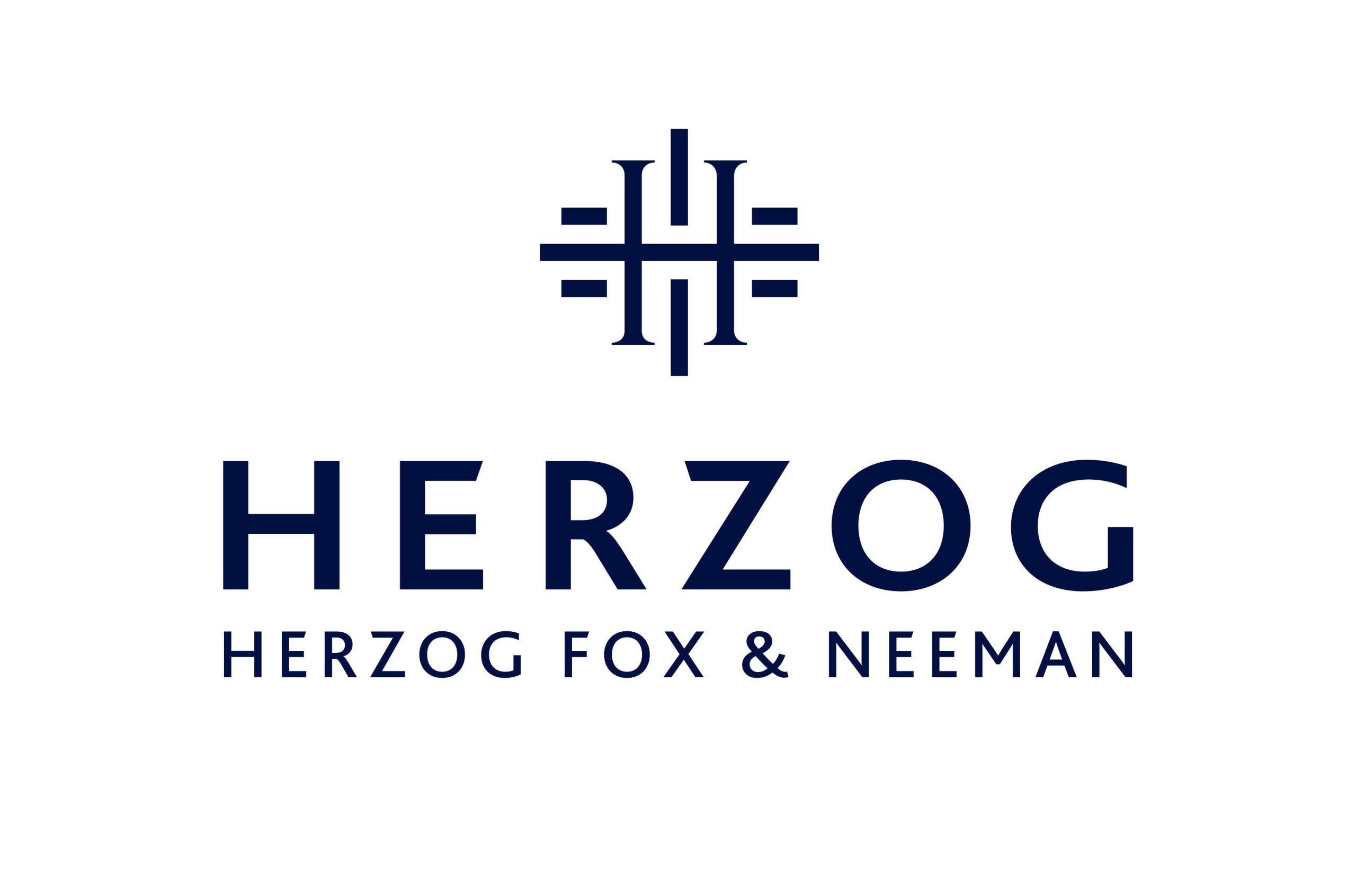The European Commission Publishes the Draft AI Liability Directive
12 October 2022
The European Commission (”EC”) has recently published the official proposal of the Directive on Adapting Non-Contractual Civil Liability Rules to Artificial Intelligence (”AI Liability Directive” or ”Directive”).
According to the European Commission, the AI Liability Directive aims to harmonize national liability rules for damages caused by AI systems, establish broader protection for victims of AI-related damages, and foster the AI sector by increasing guarantees and reducing legal uncertainty. The rules under the Directive are expected to ensure that protections and reparations granted to victims for damages caused by AI systems are equivalent to those granted for damages caused under other circumstances.
The AI Liability Directive introduces two key protections for such AI systems’ victims:
- Creation of ‘presumption of causality’ – the burden of proof with regard to damages caused by AI systems may be alleviated, and the causal link between the fault of the defendant and the output produced by the AI system or the AI system’s failure to produce an output (”AI Activity”) may be presumed, under certain circumstances specified within the AI Liability Directive. Generally, and subject to requirements laid down in the Directive, in order to invoke such presumption, the claimant must demonstrate or the court must presume the fault of the relevant person for not complying with an obligation relevant to the damage; it has to be considered reasonably likely that the fault has influenced the output produced by the AI Activity; and, the claimant must demonstrate that the AI Activity gave rise to the damage. However, such presumption may be refuted by the defendant.
- Access to information – in order to ensure that a claim is well-founded, persons seeking compensation for a damage caused by high-risk AI systems will be able to request the court to order the relevant person to disclose information about ”high-risk” AI systems. In support for such request, facts and evidence which are sufficient to support the plausibility of a claim for damages will need to be presented. The introduction of such mechanism is also expected to serve as an additional incentive to be in compliance with documentation, information and logging requirements under the proposed AI Act. Such disclosure though will be subject to proper safeguards, in particular with regard to the protection of trade secrets and confidential information.
The AI Liability Directive covers liability claims based on the fault or omission of any person associated with any type of damage caused to any type of victim. It complements and is in consistence with the previously proposed AI Act, as part of which the Commission has proposed rules that seek to reduce risks for safety associated with AI and protect fundamental rights. The AI Liability Directive uses the same definitions, acknowledges the documentation and transparency requirements of the AI Act, also follows the distinction between the ”high-risk” and ”non-high risk” AI systems, and creates incentives for users and providers of AI systems to be in compliance with obligations under the AI Act.
The AI Liability Directive is now subject to review and approval by the European Council and Parliament. It has been proposed that the Commission will conduct a review of the AI Liability Directive five years after the end of its transposition period, and in particular examine the need for creating no-liability rules for claims related to AI systems.
Feel free to contact us if you have any questions regarding these developments and their potential effects on your company’s compliance efforts.
Kind regards,
Ariel Yosefi, Partner
Head of Technology & eCommerce Regulation





